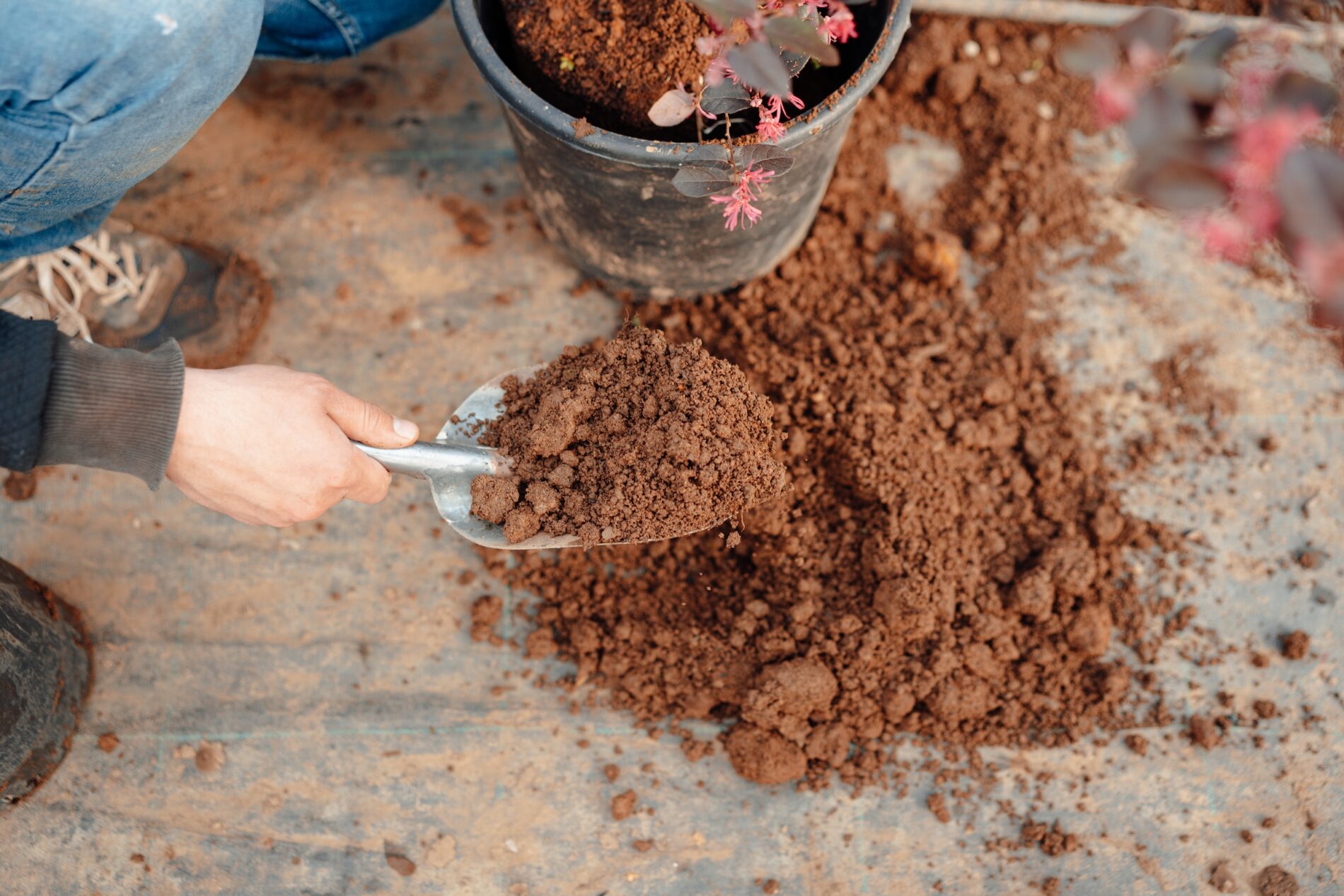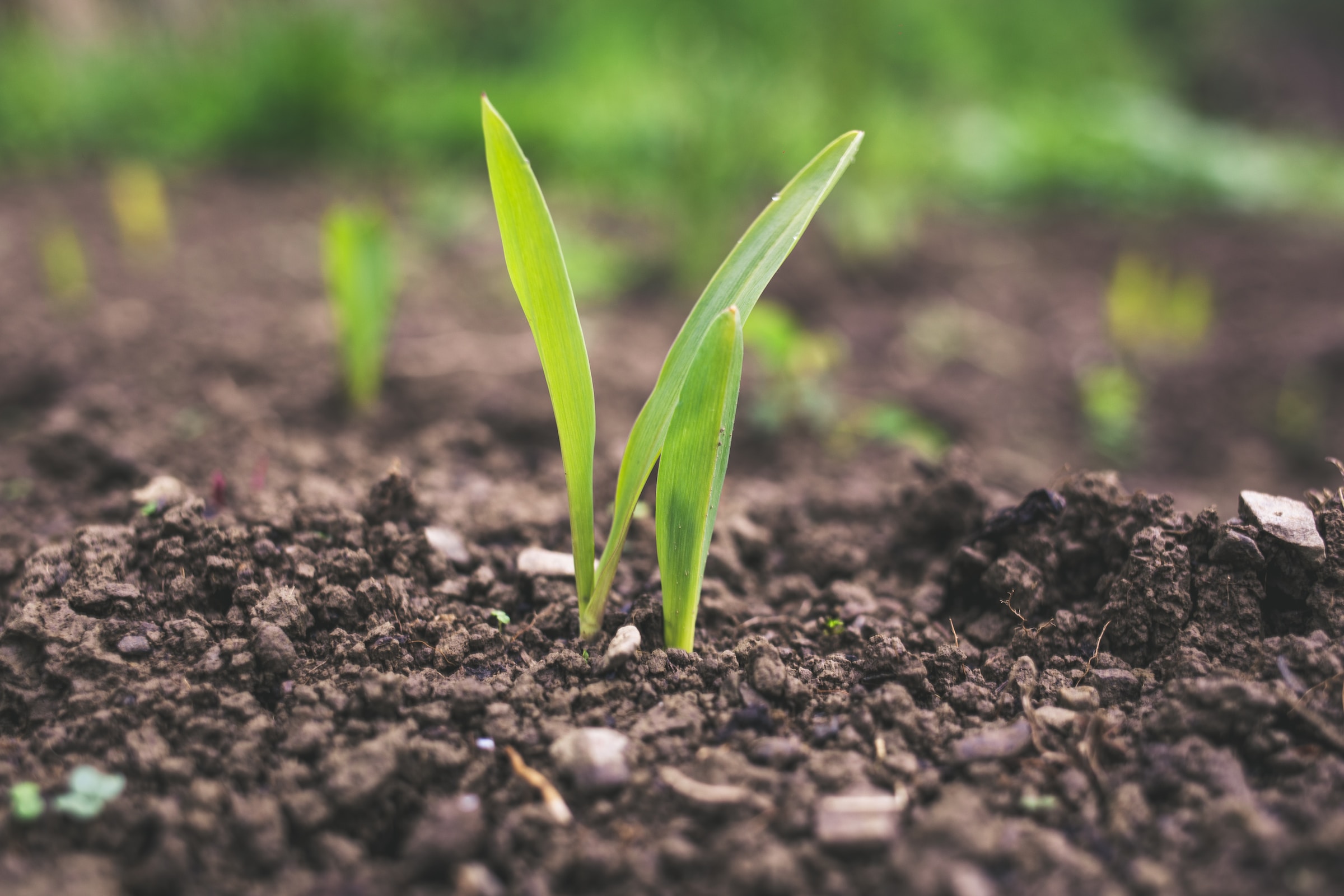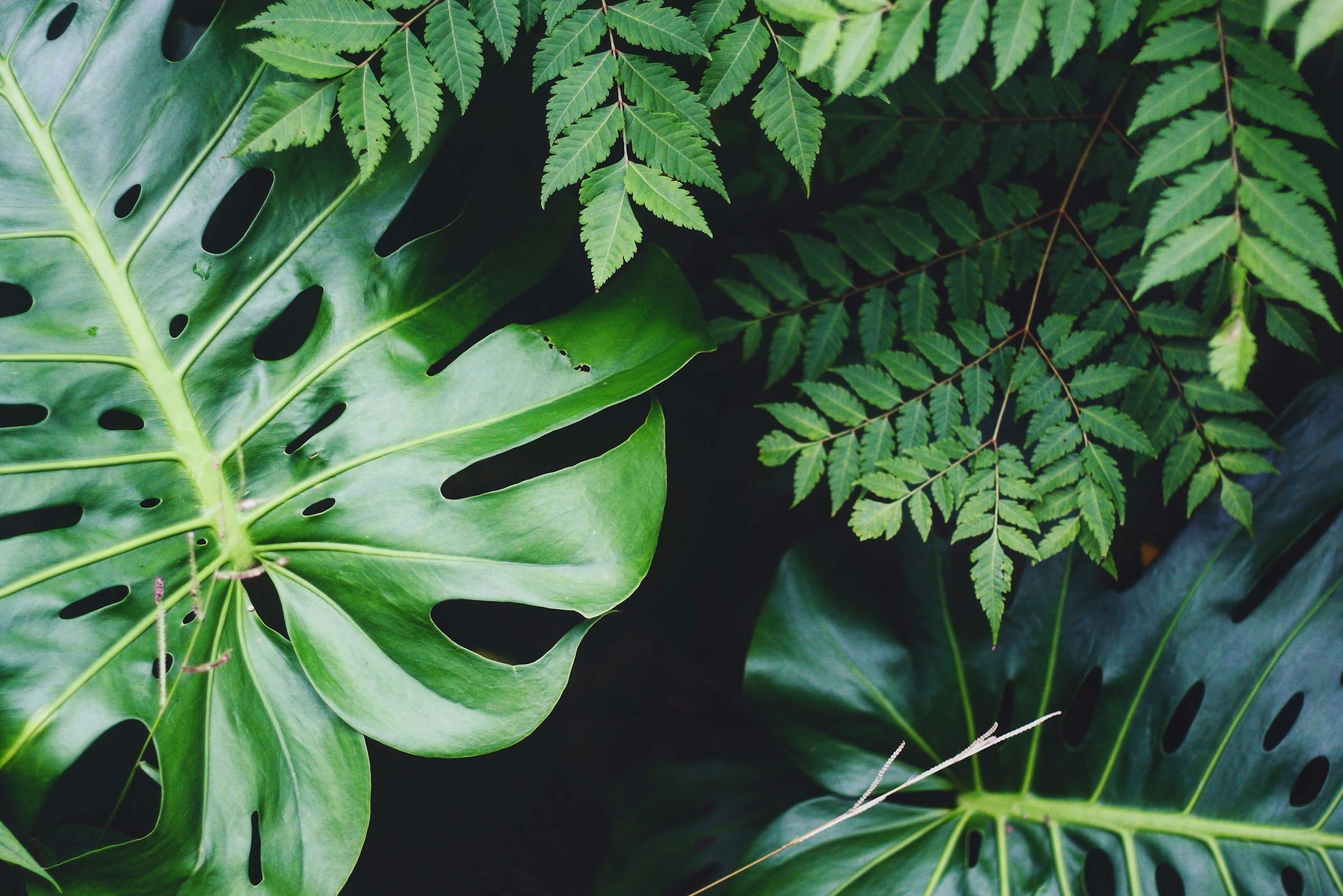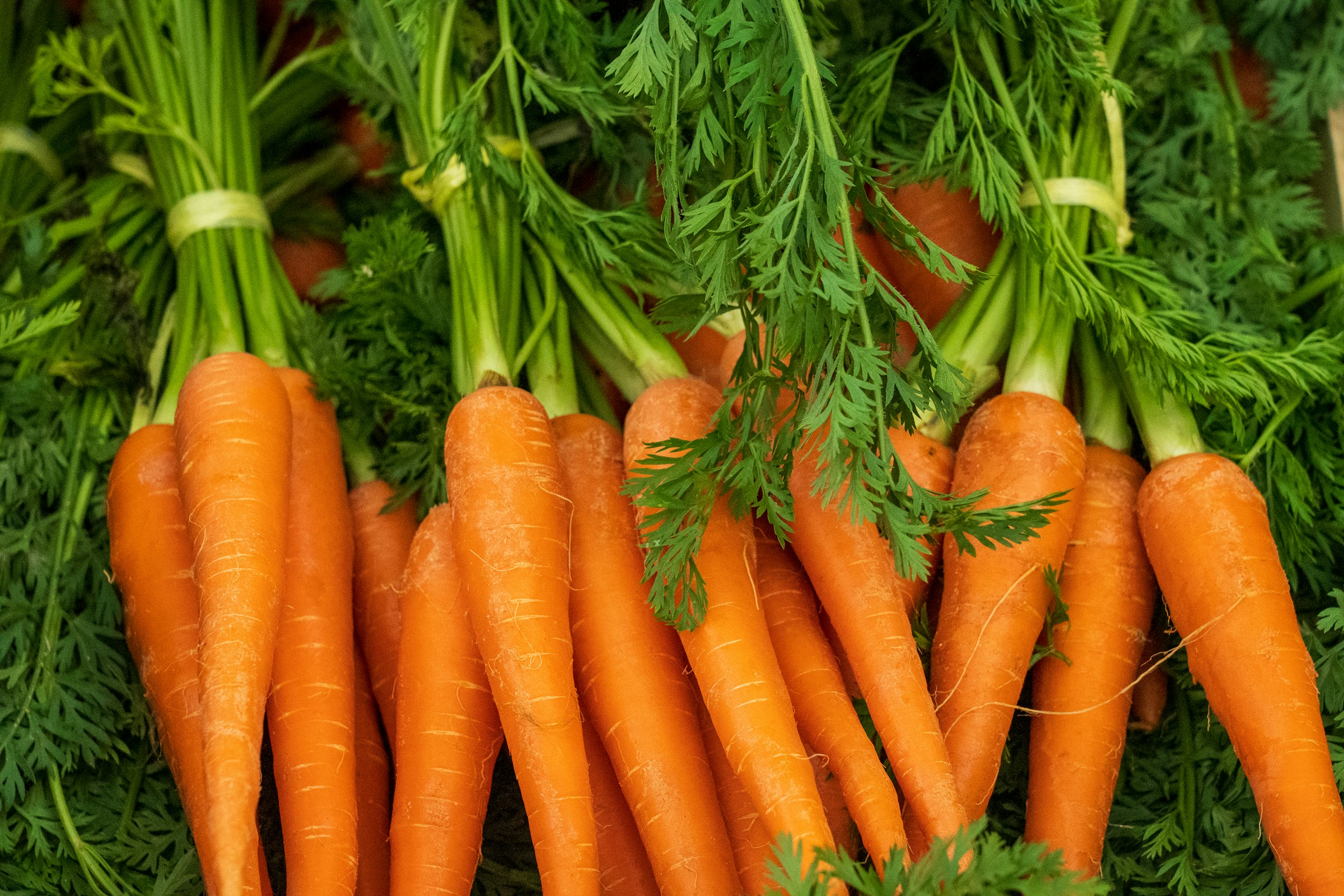You might be thinking, "Why should I care about soil level on earth?" Well, my friend, I'm here to tell you that soil level is more than just a bunch of dirt. It's the foundation of our entire ecosystem, and understanding it can help you become a gardening guru or even impress your friends with some earthy knowledge. So, buckle up and let's dig into the fascinating world of soil levels.

What does Soil Level Mean?
Soil level refers to the various layers of soil that make up the ground beneath our feet. These layers, also known as horizons, are crucial for supporting plant life, providing nutrients, and maintaining a healthy ecosystem. Without the right soil level, your plants might as well be trying to grow on Mars. And we all know how that turned out for Matt Damon.
A Layered Approach: Understanding Soil Horizons
Soil horizons are like the lasagna of the earth, with each layer providing a different set of nutrients and characteristics. Here's a quick rundown of the most common soil horizons:
- O Horizon: This is the top layer of organic matter like decomposing leaves and plants. It's the appetizer of the soil lasagna, starting the party with a burst of nutrients.
- A Horizon: This layer is a mix of organic matter and minerals, also known as topsoil. It's the main course, providing the bulk of the nutrients for plant growth.
- B Horizon: This is the subsoil, made up of clay, minerals, and some organic matter. It's like the cheese in the lasagna, holding everything together and providing structure.
- C Horizon: This layer is made up of partially weathered bedrock. It's the crusty bottom layer of the lasagna that nobody really wants to eat, but it's still important for providing stability.
The Dirt on Soil Types
Now that we've covered the basics of soil levels let's talk about the different types of soil you might encounter. There are three main types of soil: sand, silt, and clay. Each type has its own unique properties, and knowing which one you're dealing with can make all the difference in your gardening endeavours.
- Sand: This soil type has large particles and drains water quickly, making it great for plants that don't like wet feet. However, it can also be low in nutrients, so you might need to add some organic matter to keep your plants happy.
- Silt: With medium-sized particles, silt is a happy medium between sand and clay. It holds water and nutrients well, making it a good choice for most plants.
- Clay: This soil type has tiny particles that can hold a lot of water and nutrients, but it can also become compact and difficult for plant roots to penetrate. If you're dealing with clay soil, you might need to add some sand or organic matter to improve its structure.
Soil Level: The Key to Gardening Success
Understanding soil level and the different types of soil can help you create the perfect environment for your plants to thrive. For example, if you're trying to grow tomatoes in sandy soil, you might need to add some compost to boost the nutrient levels.
Or if you're dealing with heavy clay soil, you could try adding some sand to improve drainage.So, the next time someone asks you, "What does soil level mean?" you can confidently respond with a wealth of knowledge about the fascinating world of dirt. And who knows, maybe you'll even inspire them to start their own garden and join the ranks of soil level enthusiasts.
Frequently Asked Questions:
Can I change my soil type?
While you can't completely change your soil type, you can improve its characteristics by adding amendments like organic matter, sand, or clay, depending on your specific needs.
How can I improve my soil level?
You can improve your soil level by adding organic matter like compost or aged manure, which can help boost nutrient levels and improve soil structure. You can also try adding sand or other amendments to improve drainage in heavy clay soils.
What is the ideal soil level for my garden?
The ideal soil level for your garden depends on the types of plants you're growing and the specific conditions they require. In general, a healthy mix of organic matter, minerals, and good drainage is key for most plants.
The Bottom Line:
So, there you have it – a comprehensive guide to understanding soil level and its importance in gardening. Now, conquer the dirt with your newfound knowledge and appreciation for the ground beneath your feet.




